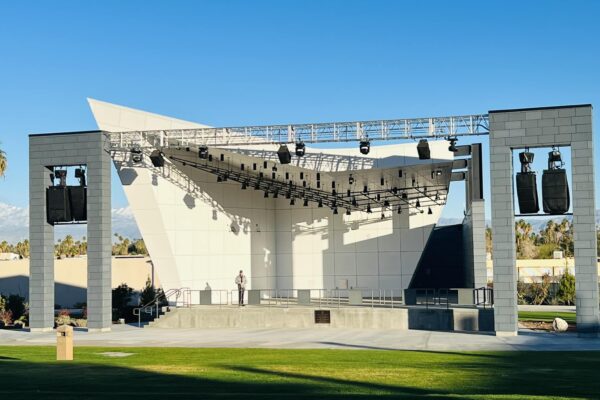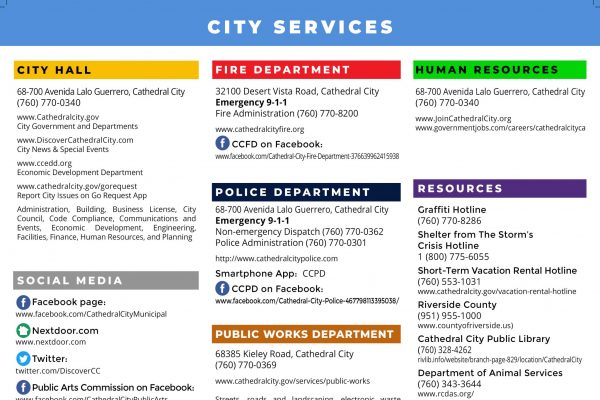




Cathedral City
Visitors come for the resorts and restaurants, majestic mountains, desert flora, and scenic golf courses while its numerous festivals make them want to stay.

Tastes & Sounds of Cathedral City a weekly music and food event at the Cathedral City Community Amphitheater.
The FALL EDITION of Tastes & Sounds of Cathedral City runs from November 4th through November 18th and features LIVE music and food in the Cathedral City Community Amphitheater.
The event is free to attend, food available for purchase.
Join us for the 11th Annual Cathedral City International Hot Air Balloon Festival November 21st through 23rd... Hot Air Balloons will fill the skys for morning launches, and you'll be able to get up close for tethered rides and experiences during the night GLOW on the City's festival lawn. Presenting Sponsor is Agua Caliente Casinos.

Join us Downtown for ongoing events throughout the year!

Come Join in the fun!
CATHEDRAL CITY, CALIFORNIA
Moving Cathedral City Forward
with Commitment, Pride & Excellence
EVENTS
Featured
- Events
- Featured
Subscribe to Our Newsletter
NEWS
City of Cathedral City Welcomes Asusena “Suzie” Soren as New Human Resources Manager
The City of Cathedral City is pleased to announce the appointment of Asusena “Suzie” Soren as Human Resources Manager. Soren brings extensive public sector experience and proven leadership in human resources management to her new...Continue reading→
Cathedral City’s Discover Digest
Discover Cathedral City's Discover Digest weekly newsletter. Subscribe to Discover Cathedral City.Continue reading→
Cathedral City Fire & EMS Welcomes New Female Firefighter in Continued Diversity Initiative
Cathedral City Fire & EMS proudly welcomed its newest team member, Maria Aguilar, during a swearing-in ceremony held on July 22, 2025. The formal ceremony, conducted at the department’s headquarters, marks another significant step in...Continue reading→
Cathedral City’s Discover Digest
Discover Cathedral City's Discover Digest weekly newsletter. Subscribe to Discover Cathedral City.Continue reading→
CONE ZONE ALERT: Major Lane Restrictions Continue Through August at Cathedral Cove Center
Editor’s Note: This article was originally published on June 12, 2025, and updated on July 17, 2025. Due to construction delays, this project has been extended through August 2025. Cathedral City drivers should prepare for...Continue reading→
Journey With CCTV Host Conrad Angel Corral to My Desert Dogs – Celebrating Cathedral City’s Newest Pet Care Facility
Check out the latest episode of CCTV’s regular segment promoting and highlighting new businesses opening throughout Cathedral City! Host Conrad Angel Corral recently visited My Desert Dogs during their ribbon-cutting ceremony and open house on...Continue reading→

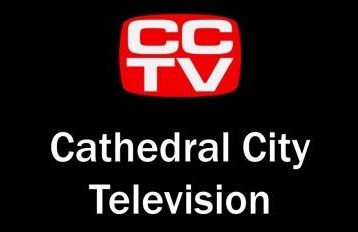







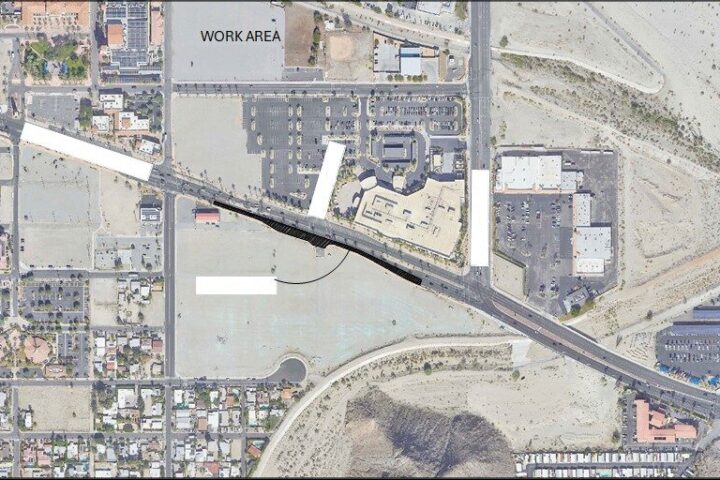
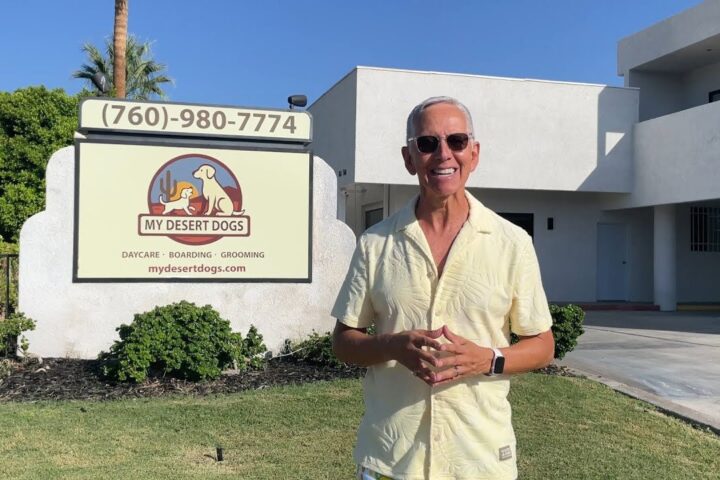

 Welcome Asusena “Suzie” Soren as Cathedra
Welcome Asusena “Suzie” Soren as Cathedra


 Today’s FREE SUMMER MOVIES & BOOKS
Today’s FREE SUMMER MOVIES & BOOKS 
 Remembering Kim Lynch | Cathedral City Intern
Remembering Kim Lynch | Cathedral City Intern
 HAPPENING NOW
HAPPENING NOW 
 Exciting News for Your New Business!
Are
Exciting News for Your New Business!
Are 


 BizTech Connect is launching on September 6!
BizTech Connect is launching on September 6! 
 Join Life Stream Blood Bank for a Blood Dri
Join Life Stream Blood Bank for a Blood Dri

 CALL TO ARTISTS!
CALL TO ARTISTS!  for the
for the HUGE NEWS! Sir Paul McCartney is launching hi
HUGE NEWS! Sir Paul McCartney is launching hi






